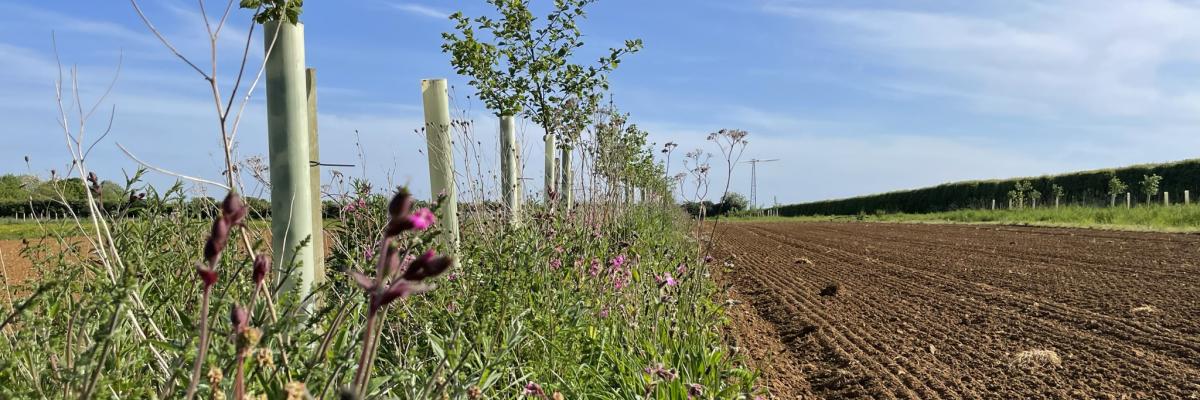

Silvo-horticulture agroforestry
How to set up and IPM benefits
How to set up and IPM benefits
Watch the video
Resource explained:
Recording of a silvo-horticulture agroforestry workshop held at the Organic Growers Alliance's Organic Matters 2022 conference. The workshop was organised by the Soil Association and chaired by Will Simonson of the Organic Research Centre, and features Martyn Bragg (Shillingford Organics) focusing on the importance of planning and setting up correctly, and Andy Dibben (Abbey Home Farm) talking about the integrated pest management (IPM) benefits of incorporating agroforestry into a market garden system.
Findings & recommendations:
Points raised by Martyn Bragg:
- Silvo-horticulture agroforestry can provide shelter for crops from the wind, increase biodiversity, and provide a range of crops (fruit and nuts) for direct marketing and of interest for customers.
- Ideally you need security of tenure of the land for at least 20 years to make the investment worthwhile.
- Good planning and design are crucial - take an extra year to research and plan.
- Allow sufficient space in your system for good airflow to help counteract scab control for example, and plant north-south. (Martyn's system evolved to 27m distances between tree rows)
- Consider using apple rootstocks; the more vigorous the better.
- Choose apple varieties to differentiate from what is offered by supermarkets. Choose varieties for scab and canker resistance, good storage, but above all, taste!
Points raised by Andy Dibben:
- Agroforestry systems can provide shelter with a mix of trees including apples, hazel and alder, also providing woodchip for compost.
- A third of the planting at Abbey Home Farm was designed as a tool for IPM.
- It's important to have 'unmanaged' areas. Wild cherry, white willow, goat willow, elder, crab apple and spindle can provide pollen, nectar, foliage, nuts, seeds, berries, fruit and beneficial insects living on the trees. Leave nuts, fruit and deadwood on the ground and keep the understorey as undisturbed as possible.
- With the managed tree rows, hazel and alder are coppiced on a 5-year rotation and top fruit with 13 varieties of apples, 12 plums and 3 pears are incorporated. Diversity is crucial. Stagger the harvest of coppice/timber to maintain balance of habitat and cropping.
Summary provided by:
Phil Sumption
